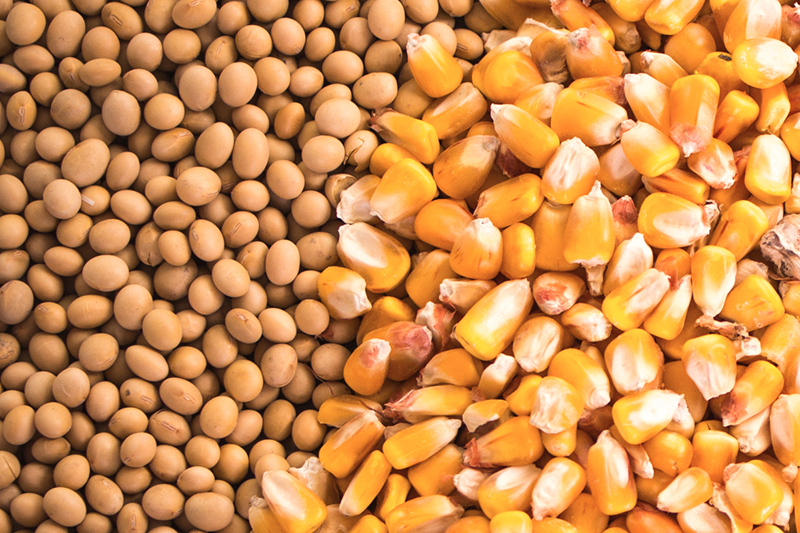Slow U.S. Planting Becoming More Worrisome

U.S. Weather – The best weather for planting last week was in the far western Corn Belt in the states of Kansas and Nebraska. The worst planting weather last week was in the far northwestern Corn Belt where it was cold and snowy. Across the central Midwest, some limited planting occurred, but it was generally too wet and the soil temperatures were too cool for planting.
The forecast is calling for below normal temperatures across the Midwest during the 6-15 day period. The cool temperatures will slow corn and spring wheat planting and germination. Rain will favor the northern Plains and the Delta this week. Much of the Midwest will see dryer weather this week, but wetter conditions will return in the 6-10 day period.
2022 U.S. corn acreage – With only 7% of the corn planted, the final corn acreage is still undetermined. If the weather improves in the next week or two, farmers will still have enough time to plant their corn in a timely manner. In fact, with such strong corn prices, many U.S. farmers would like to plant some additional corn acres if the weather permits. U.S. farmers may “push the envelope” this year and plant corn later than they normally would to take advantage of these extraordinary corn prices.
On the other hand, if the weather continues to be cold and wet in the far northwestern Corn Belt and wet in the mid-South, farmers may switch some of their corn to soybeans, or in a worst-case scenario, take prevent plant.
2022 U.S. corn yields – Even though corn planting is being delayed, I do not think it has reached a point where we need to adjust the nationwide corn yield. I maintain a nationwide corn yield of 178.5 bu/ac and I would not consider adjusting it downward for another 1-2 weeks. U.S. corn yields only start to decline if corn planting in the Midwest is delayed past about the middle of May.
2022 U.S. soybean acreage – The U.S. soybean acreage is going to be tied directly to what happens to corn planting. If the weather improvers and the corn planting pace improves, then the soybean acreage remains steady. It would take a worst-case scenario in the far northern Corn Belt and in the Delta for the soybean acreage to increase.
2022 U.S. soybean yield – Delayed planting does not impact soybean yields very much unless planting is significantly delayed into late May/early June or even later. Soybeans can have a rough start to the growing season, but if the weather during July and August is beneficial, the crop could still have a normal yield potential. Therefore, I will maintain a nationwide soybean yield of 51.5 bu/ac.
Read also
Wheat in Southern Brazil Impacted by Dry Weather and Frosts
Oilseed Industry. Leaders and Strategies in the Times of a Great Change
Black Sea & Danube Region: Oilseed and Vegoil Markets Within Ongoing Transfor...
Serbia. The drought will cause extremely high losses for farmers this year
2023/24 Safrinha Corn in Brazil 91% Harvested
Write to us
Our manager will contact you soon



